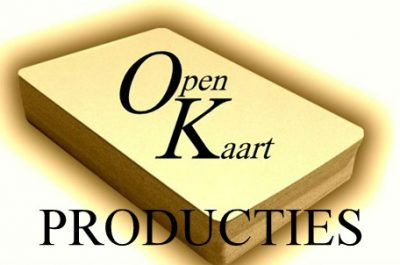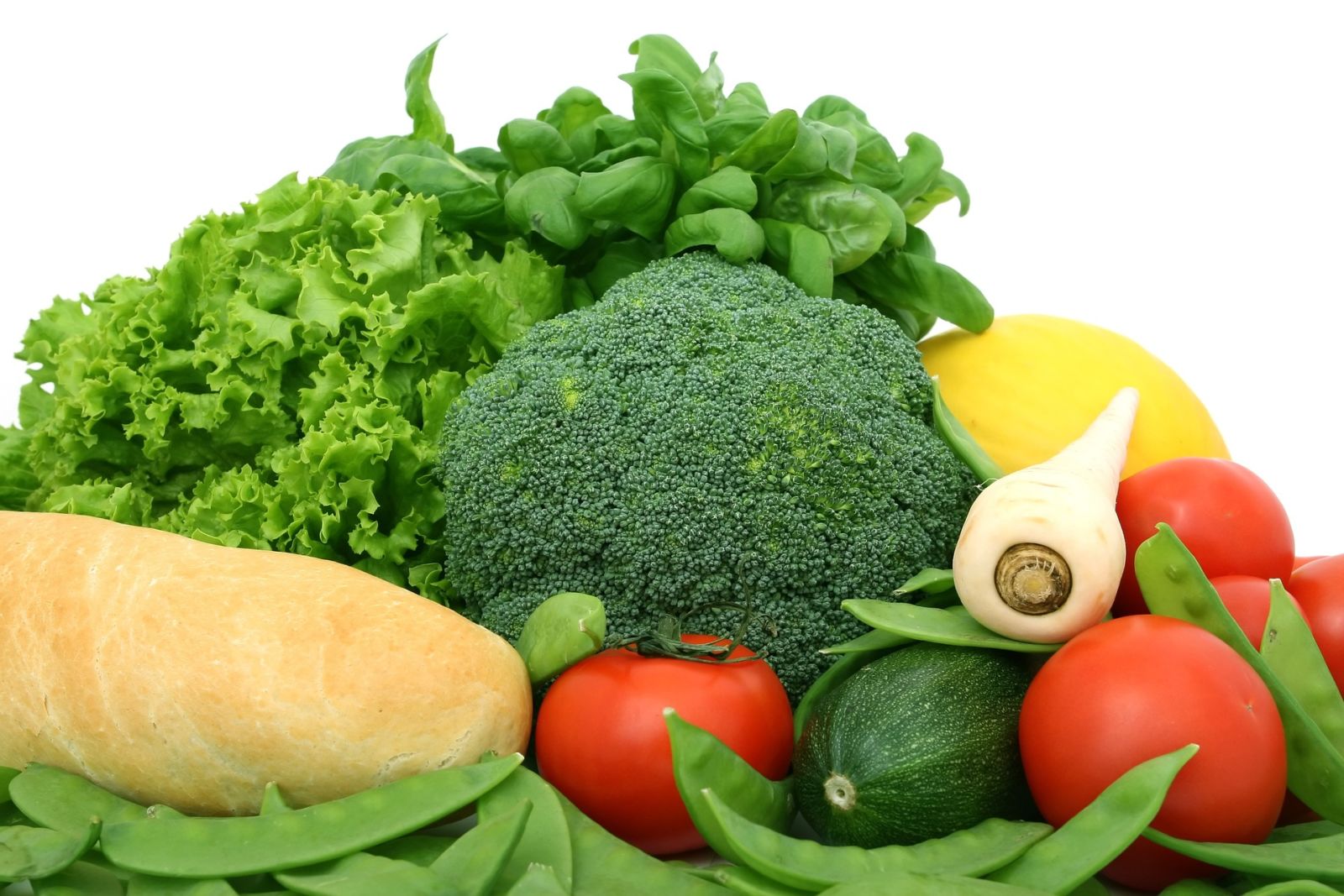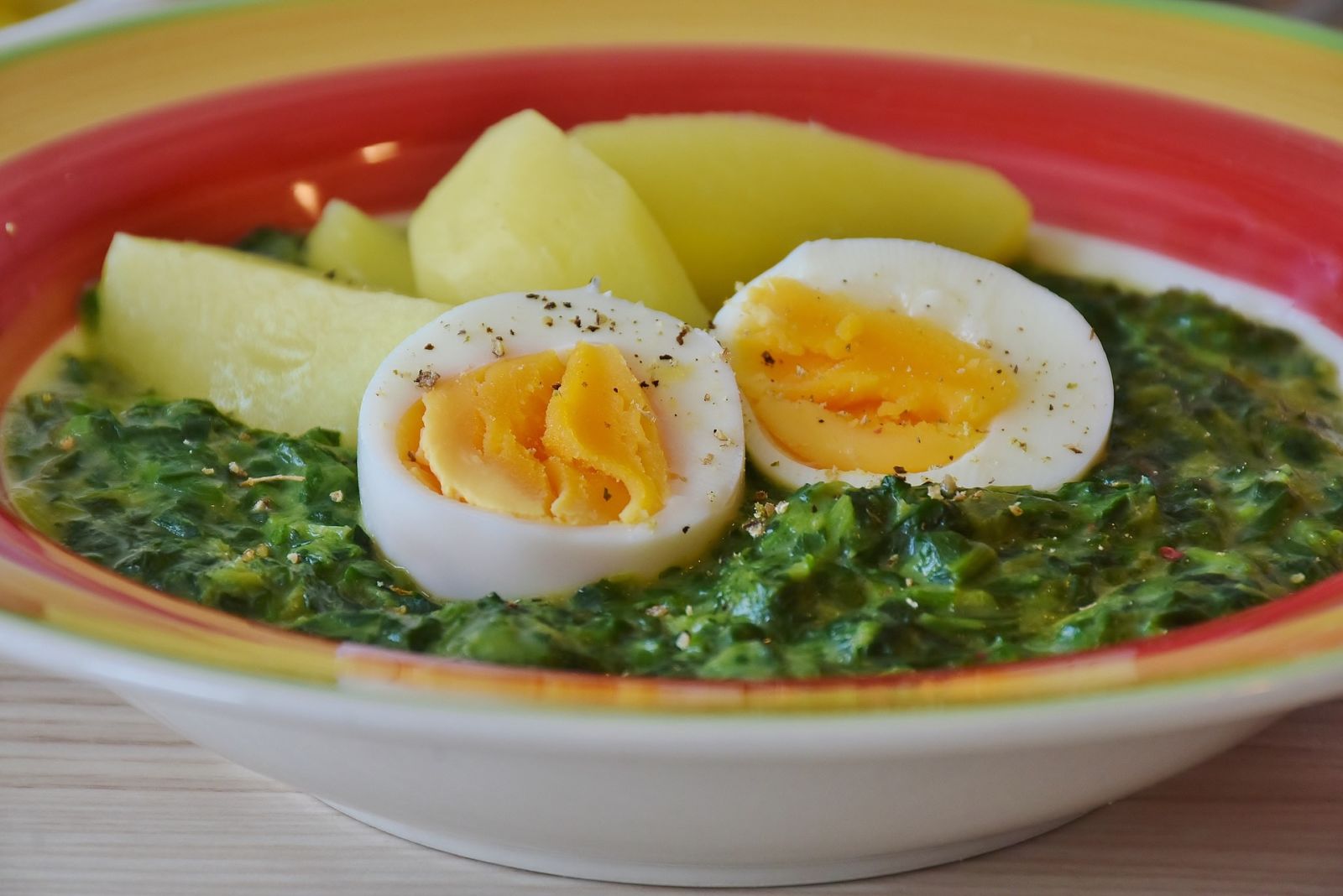Slimming down and iron deficiency, here's how to replenish iron deficiency
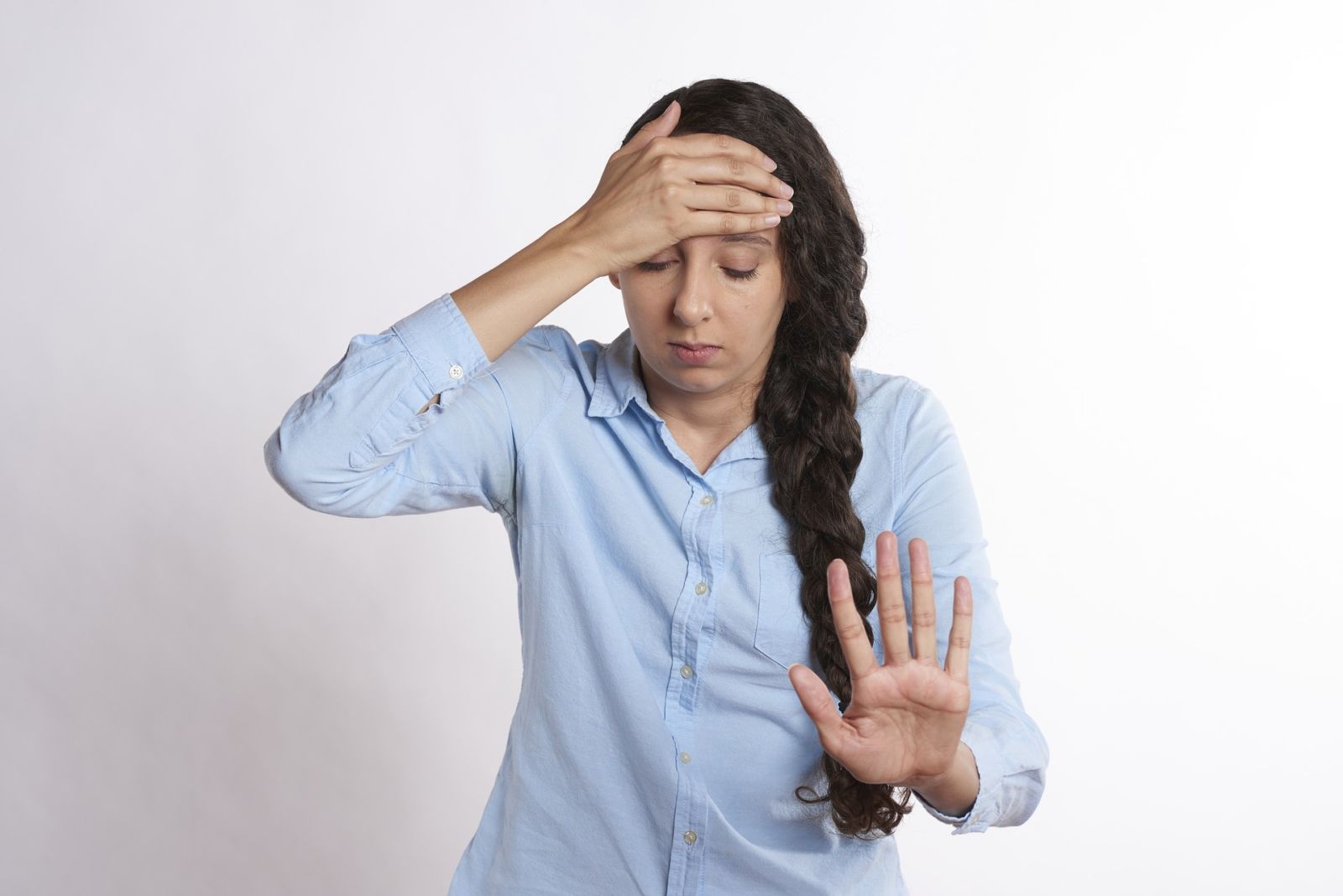
Slimming and iron deficiency, this is how you replenish iron deficiency. Because especially people who regularly (severely) diet, or eat vegetarian food, suffer from iron deficiency, I would like to pay some extra attention to this. Iron deficiency is underestimated in many cases.
A prolonged iron deficiency in the blood can lead to anaemia which can have really nasty health consequences. Symptoms of blood iron deficiency may include:
- Feeling of weakness
- Rapid and persistent fatigue
- Shortness of breath
- Palpitations
- Thin, lifeless hair
- Brittle nails
- Dizziness when standing up
- Chilly
- Little ability to concentrate
- Irritability
When the iron deficiency is not replenished, actual anaemia (anaemia) can occur and the skin will also look unhealthily pale.
Anaemia
When there is true anaemia with an Hb level below 8.1 mmol/l (for men) or 7.5 mmol/l (for women), there are too few red blood cells in the blood. Red blood cells contain haemoglobin (Hb). Haemoglobin transports oxygen from the lungs to all other parts of the body.
When red blood cells are significantly reduced, less oxygen will be able to be transported through the blood causing the above symptoms.
Anaemia is certainly also dangerous because it can lead to heart failure as the heart has to work too hard to oxygenate the entire body.
How can you prevent anaemia?
Coffee and real tea (i.e. not herbal tea) break down the iron in your blood because of the tannic acid present in these drinks. Therefore, when the iron in your blood decreases, there is a risk of anaemia.
If you drink a lot of coffee and/or tea, make sure you keep eating enough iron-containing foods or take a dietary supplement to supplement your daily diet. After all, tea has also benefits in slimming down.
Dark-green leafy vegetables, potatoes, lean red meat, tomatoes, sultanas, prunes, nuts, legumes (beans) whole grain products, wheat germ, brown rice and brassicas like cauliflower and broccoli, are high in iron. Apple syrup is also an iron-rich product.
Calcium and animal iron
However, there are a few things to consider, as there are two types of iron
- Heme iron (animal)
- Non heme iron (vegetable)
Heme iron found in meat, poultry and fish is particularly well absorbed by the body. Even three to ten times faster than non-heme iron provided no dairy products such as milk or yoghurt are consumed; calcium actually hinders the absorption of heme iron into the blood!
The iron contained in plant products is a bit more difficult to absorb by the body because these foods also often contain oxalates, polyphenols and phyates (dietary fibres) that mix with the iron in the gut, making the iron insoluble. This makes it less well absorbed into the blood and leaves the body via the intestines.
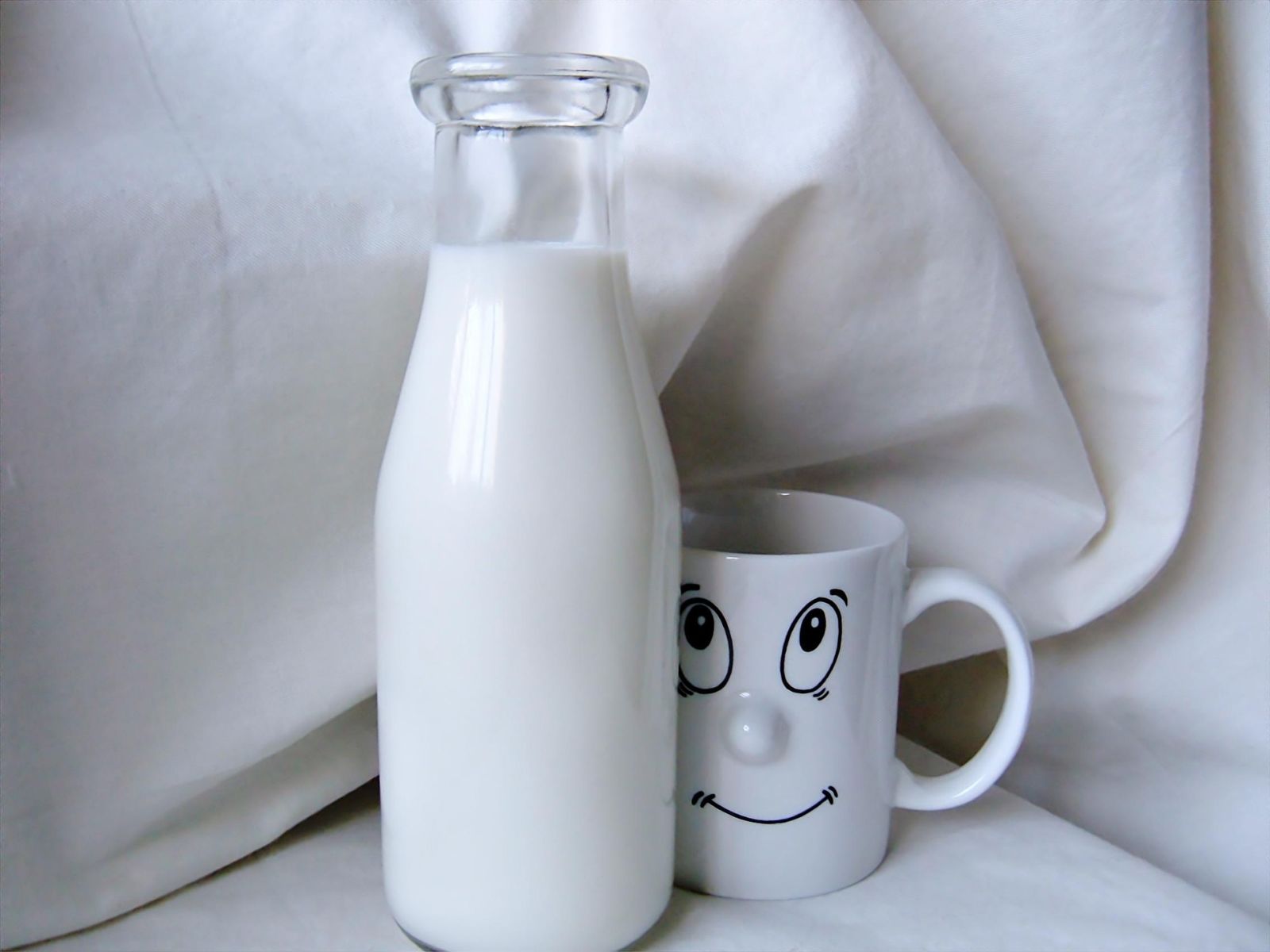
Vitamin C and vegetable iron
Research has shown that non heme iron is better absorbed into the blood if vitamin C is consumed during or immediately after a meal, for example in the form of orange juice, a bowl of strawberries, black or red (bunch) berries, cherries, raspberries, grapes, an orange or - the fruit with the highest vitamin C content - a kiwi. Raw paprika is also rich in vitamin C.
The vitamin C attaches to the iron in the body so some of it is still absorbed into our blood, although it will be less than the iron we get from meat or fish.
On non heme iron, calcium has almost no effect. So you can feel free to drink a cup of milk while eating plant-based iron (in your sandwich or vegetables).
If you are predisposed to iron deficiency, a glass of freshly squeezed orange juice is preferable as it promotes iron absorption from (wholemeal) bread and does not negatively affect the absorption of iron from, for example, processed meats.
The hot meal often involves eating both vegetables and meat or fish so drinking milk with this interferes with the absorption of iron from the meat or fish, even though this is where the body gets most of its iron from.
Remember:
- With animal iron, do not consume dairy products (including yoghurt for dessert!)
- With only plant-based iron, this can be done, but to optimise iron absorption, a glass of fresh orange juice is better. Or drink a glass of water during meals and have one or more vitamin C-rich fruits for dessert.
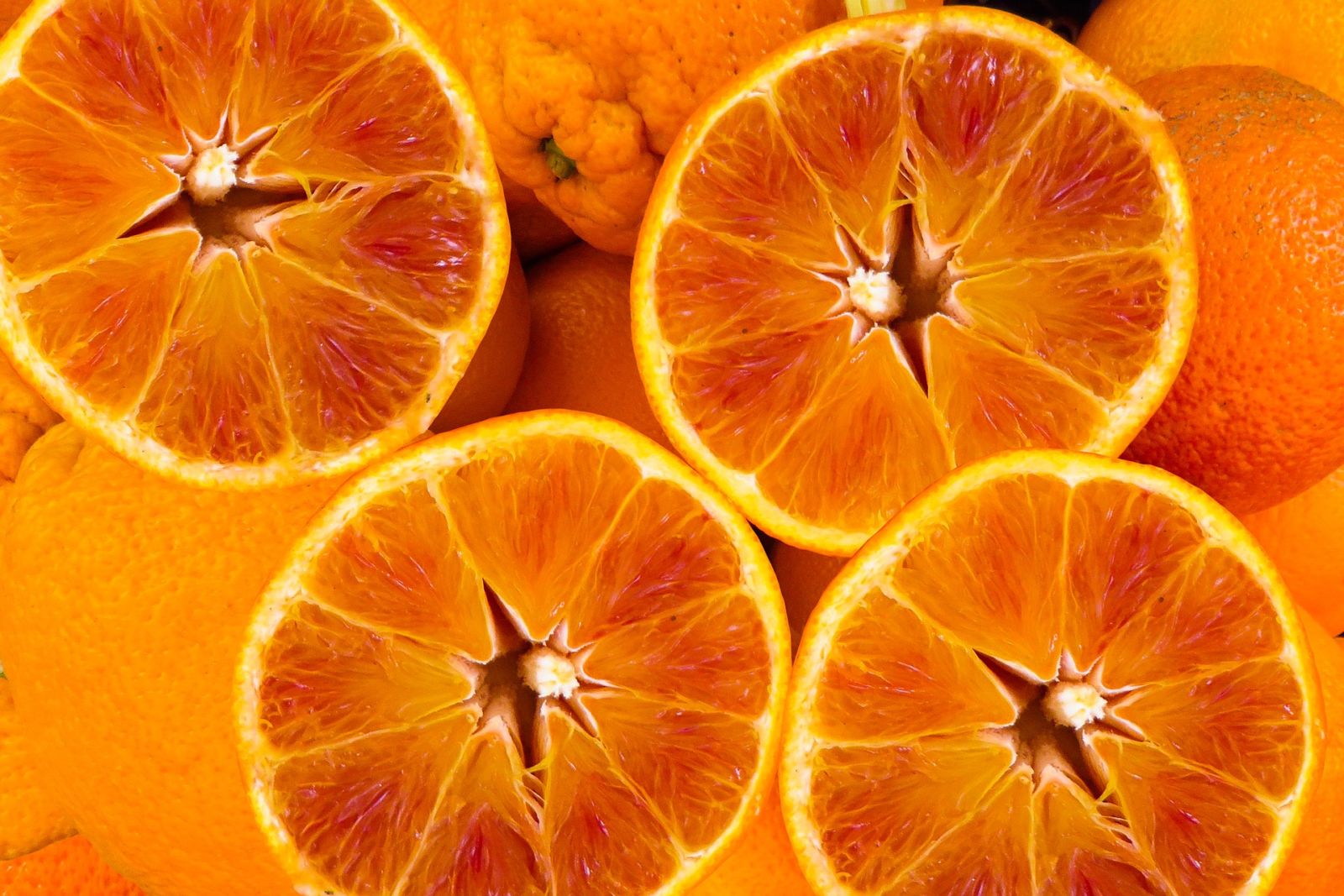
Spinach and egg?
An egg with spinach which many people like has little effect on iron absorption from spinach, but again (an inhibiting effect on) iron absorption from the meat you might eat with it.
Two eggs together contain about the same amount of iron as one serving of meat, so you might want to omit the meat in this case and eat two eggs with the spinach by way of a meat substitute.
Prefer not to eat fish with endive or spinach. Both vegetables contain a lot of nitrate, which converts to nitrite in the body. When nitrite mixes with the amines contained in fish, nitrosamine is created; a carcinogen!
The (average) recommended daily allowance (RDA) for adult men is set at 9 milligrams, while for adult women it is 15 milligrams. They need more iron because much iron is lost during menstruation.
It never hurts to have your iron levels checked at your GP just to be on the safe side. A nutritional supplement of vitamins and minerals to supplement the daily diet can also help well in keeping all values up. (However, always consult your GP).
Pro Natura 100 tablets multi vitamins
For a complete list of iron-rich products click >HERE.
The above text previously appeared in the Balance book. The book is now sold out, but may still be available to order second-hand via the link below.
Slimming blog >HOME
